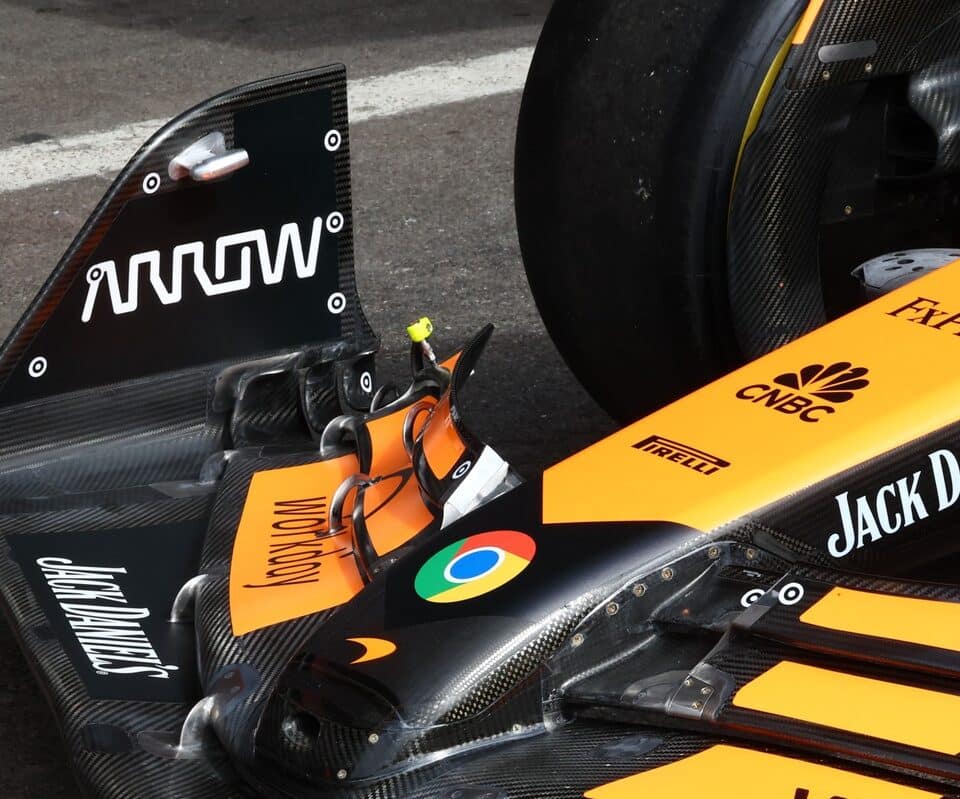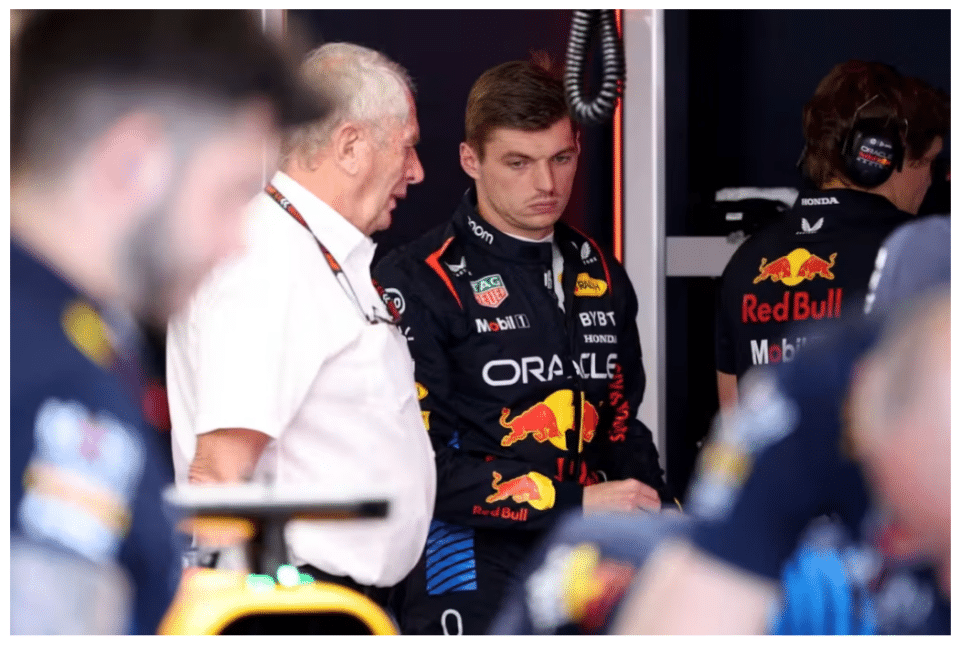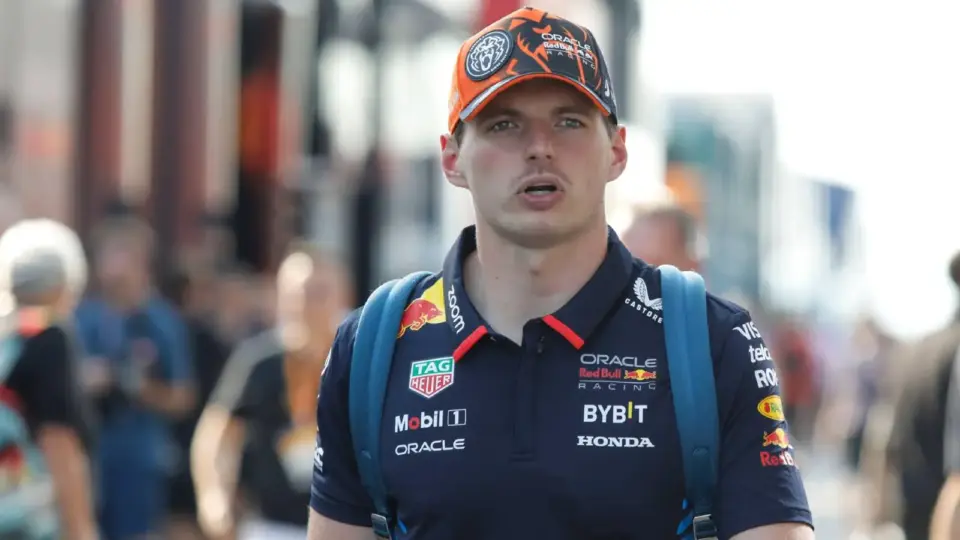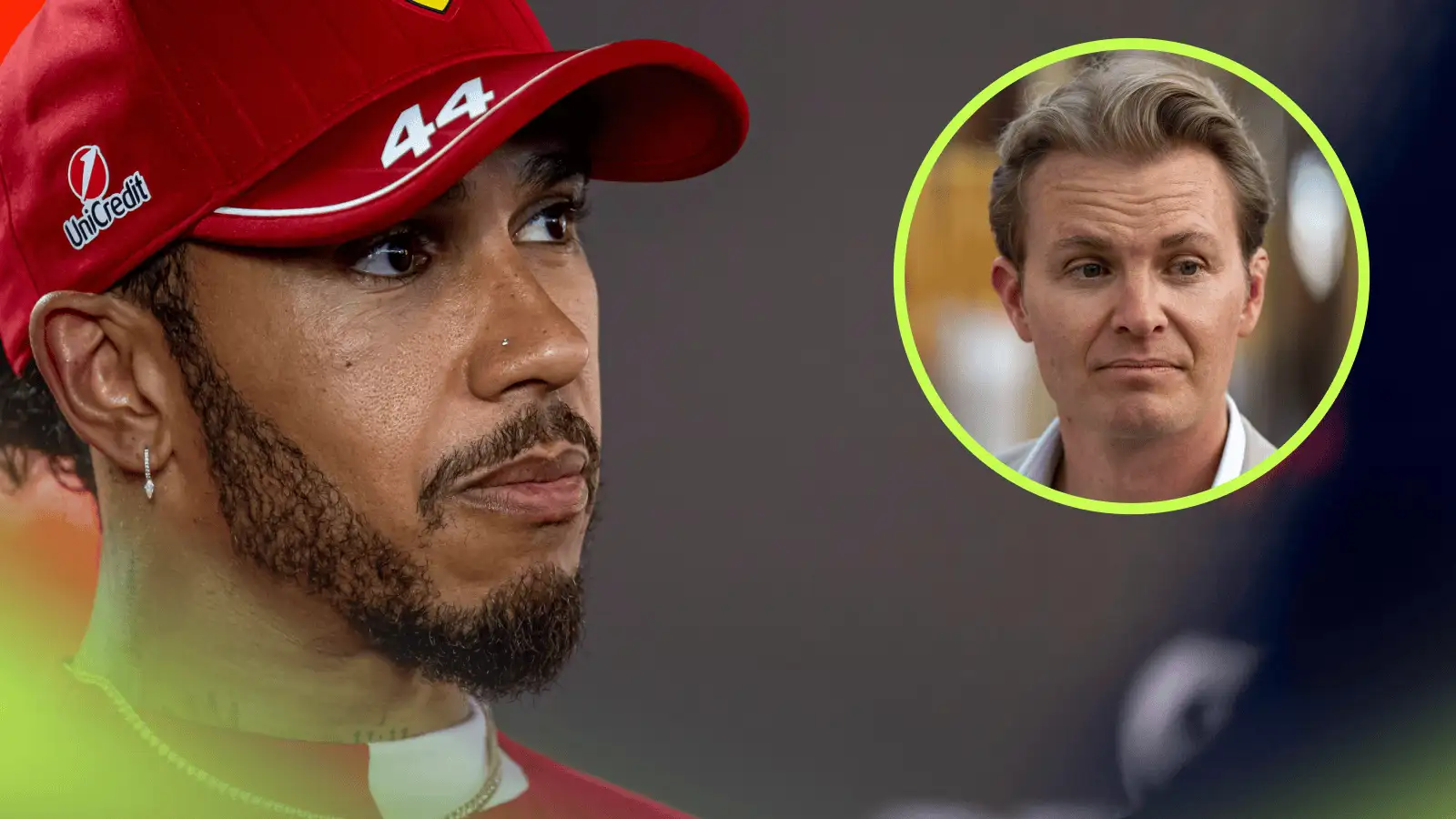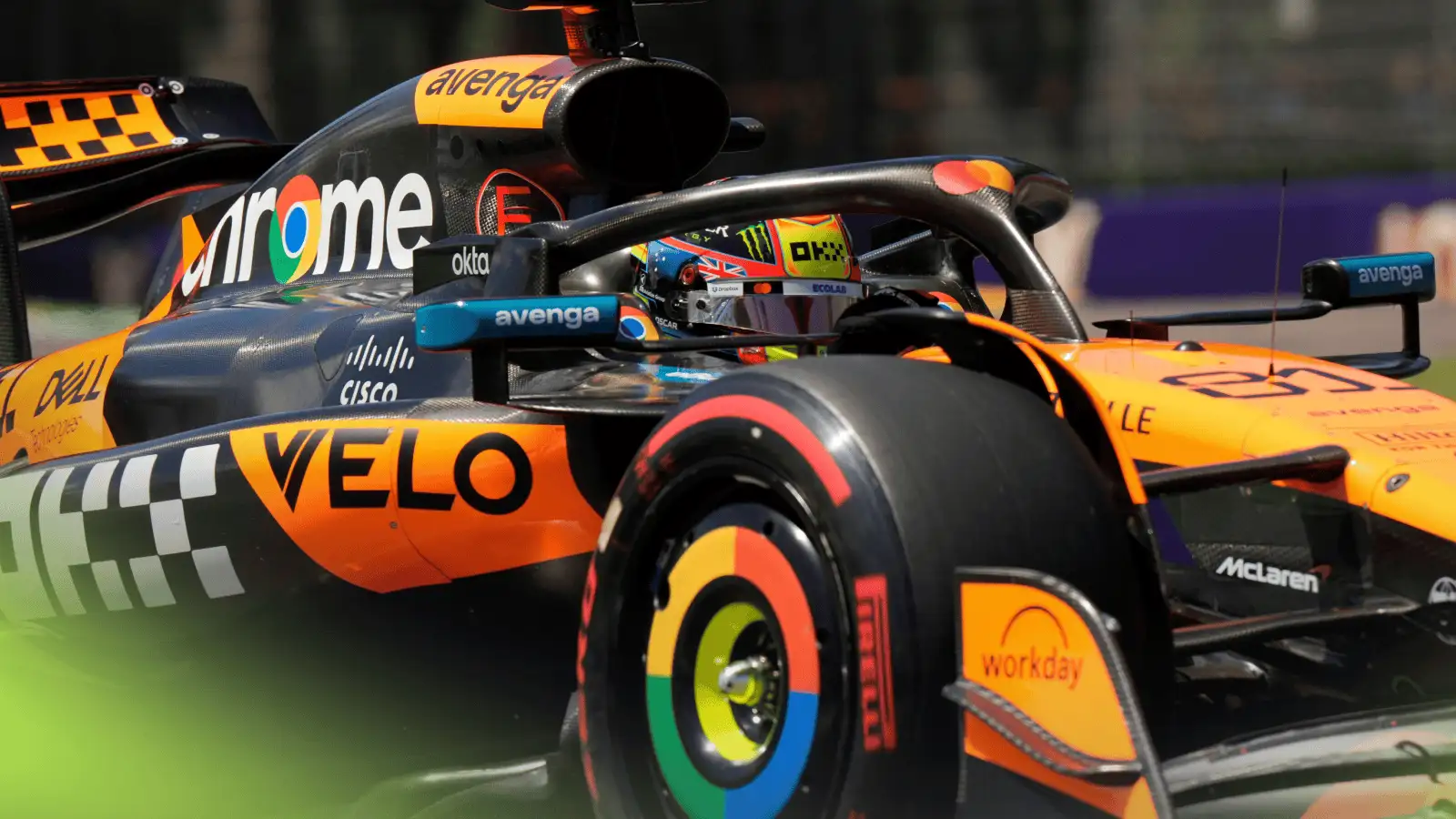The latest buzz in Formula 1 is all about the new flexi-wing checks as the first images emerge ahead of the Belgian Grand Prix.
The FIA is rolling out a high-tech solution to get a grip on flexible front wings. At this weekend’s event at Spa-Francorchamps, selected teams have been asked to fit special 4K video cameras on their car noses. These cameras aim to capture every subtle movement of the front wings during Friday practice sessions.
To make the analysis even more precise, teams also need to place reference dots on the front wing elements and endplates. These dots help the FIA track wing movements by comparing the positions captured in the video footage.
The images and data collected will be analyzed over the next few weeks. The hope is that this analysis will help the FIA understand the dynamics of wing flexibility better. If they find something noteworthy, it could even lead to regulatory changes in 2025.
This initiative comes as more teams find benefits from flexible wings. By tweaking the aerodynamics, teams can improve car balance. This can help smooth out the low-speed understeer and high-speed oversteer that currently plague the cars.
Mercedes has been particularly upfront about its use of flexible wings. Their technical director, James Allison, noted, “I think that all of us are trying to ensure that we pass the FIA’s flexibility test. They put loads on, and you’ve got to not move by more than an amount.”
James added, “But provided you can do that and provided your wing is just bending like a thing bends when it has load on it, then there’s no drama to be faced with the governing body.”
As shown in the exclusive images, the dots include three on the flaps and six on the endplates, each 20mm in diameter. Their specific locations enable the FIA to establish movement vectors, helping identify any potential excessive deformations.
The issue of flexi-wings has resurfaced this year as teams look for any advantage they can get. A flexible wing can give them just that, especially in balancing the car’s behavior at varying speeds.
As the FIA dives into the details of flexible wings, the anticipation is high. The findings could lead to big changes in the future, impacting how teams design their cars and compete on the track.
